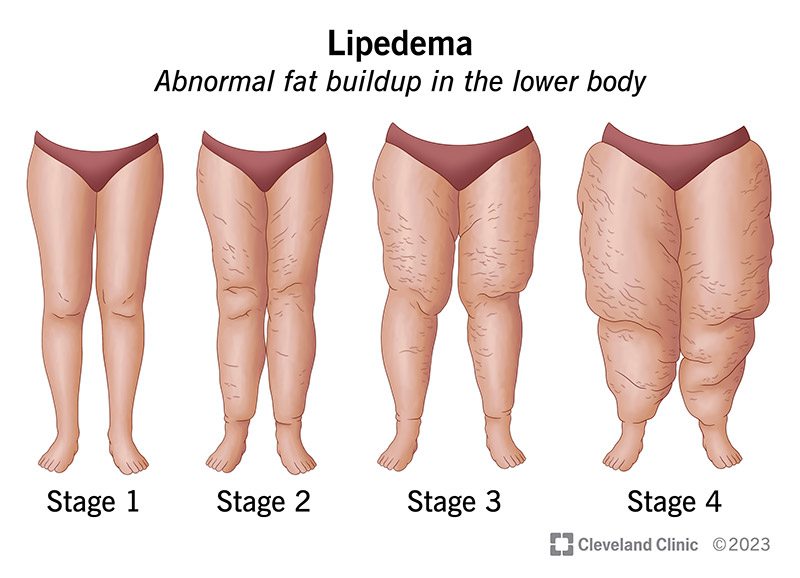Why Your Hair “Stops Growing” and What You Can Actually Do About It: Secrets to hair growth and hair loss
- Beauthic Talk LIVA
- Oct 6
- 4 min read
Have you ever felt like your hair has a mind of its own? No matter how well you care for it, it seems to stop growing once it reaches a certain length. Meanwhile, some people seem to grow their hair endlessly, as if it defies biology. Here’s the truth: your hair isn’t disobeying you. It’s following a biological script written by your genetics, but the story isn’t completely out of your hands. Let’s break down what really determines hair length, why some people reach their “limit,” and what you can realistically do to push those boundaries.
The Science of Hair Growth and Hair Loss
To understand why hair seems to stop, you first need to understand how it grows. Every strand on your head follows its own life cycle, moving through three main phases:
Anagen (Growth Phase): This is where the magic happens. Hair cells divide rapidly, and your hair grows about 1–1.5 cm per month.
Catagen (Transition Phase): Growth halts, and the hair detaches from the blood supply.
Telogen (Resting/Shedding Phase): The hair eventually falls out, making room for a new one to grow.

Each hair follicle operates independently, so you always have a mix of growing and resting hairs. Here’s the key: your maximum hair length depends entirely on how long your anagen phase lasts. For most people, that’s between 2 and 7 years. Once the follicle exits anagen, the hair stops growing and eventually sheds. If your anagen phase is short, your hair might naturally max out at shoulder or mid-back length, even if it’s perfectly healthy.
Genetics: The Blueprint Behind Hair Length
Your genetics set the length of your anagen phase. Just like eye color or height, hair growth rate and cycle duration are inherited traits. Some populations are genetically predisposed to longer anagen phases, resulting in longer average hair lengths.
East Asian hair tends to have a longer growth cycle and thicker shafts, which is why it often appears to grow faster and stronger.
African hair typically has a shorter anagen phase and a more curved structure, which makes it more fragile and prone to breakage, even when the growth rate itself is normal.These differences aren’t flaws; they’re adaptations shaped by evolution. But they do mean that what “long hair” looks like will vary depending on your hair’s natural biology.

Environmental and Lifestyle Factors: What You Can Control
While genetics set the foundation, the environment determines how much of that genetic potential you actually see. Here’s where things get interesting—many people who believe their hair “won’t grow” are actually facing a problem of length retention, not growth.Nutrition: Hair is made of keratin, a protein. Without enough protein, iron, zinc, or B vitamins, hair growth slows. A diet rich in omega-3s, leafy greens, eggs, and lean proteins gives your follicles the raw materials they need.Scalp Health: Think of your scalp as the soil from which your hair grows. Clogged follicles, inflammation, or poor circulation can suffocate growth. Regular cleansing, gentle exfoliation, and scalp massages improve blood flow and nutrient delivery.Stress and Hormones: Chronic stress or hormonal imbalances such as thyroid issues or PCOS can push hair prematurely into the shedding phase. Addressing these root causes often leads to noticeable improvement.Mechanical Damage: Heat, tight hairstyles, and chemical processing cause breakage long before the strand reaches its full length. If your ends keep snapping off, it can look like your hair isn’t growing at all, even if the roots are active.
Can You Change Your Hair Growth Limit?
This is the question everyone wants answered. The short version: you can’t change your genetics, but you can maximize what you’ve got.What You Can’t Change:
The genetic length of your anagen phase
The number of hair follicles you have
The natural texture or curl pattern of your hair
What You Can Influence:
Hair retention by reducing breakage through protective styling, silk pillowcases, and regular trims
Follicle stimulation through scalp massages with rosemary oil, caffeine-based serums, or microneedling to encourage better blood flow
Internal support with a nutrient-dense diet and proper hydration
In short, while you can’t force your follicles to extend their life cycle, you can create the ideal environment for them to perform at their best.
Myths Worth Debunking
“Biotin makes your hair grow faster.” Biotin deficiency can cause hair loss, but if you already get enough from your diet, extra biotin won’t make hair grow faster.“Trimming your hair makes it grow.” Trimming doesn’t affect the root, but it prevents split ends from traveling up the strand and causing more breakage. It’s about preservation, not acceleration.“Oil treatments make hair grow faster.” Oils don’t change the growth rate, but they improve elasticity, reduce breakage, and keep the scalp healthy, all of which help you retain length.
The Truth About “Infinite” Hair
Those who seem to grow hair endlessly often have a combination of long natural anagen phases, minimal breakage due to low manipulation and protective styling, and consistent scalp care and balanced diets. Their secret isn’t a miracle product; it’s biology working under ideal conditions.
Last but not least...
The belief that your hair “stops growing” is a myth. What’s really happening is a dance between biology and maintenance. Your genetics determine the rhythm, but your environment, habits, and care determine how beautifully that rhythm plays out. So instead of fighting your biology, work with it. Learn your hair’s natural limits, nourish it from the inside out, protect it from unnecessary stress, and watch it thrive—maybe even beyond what you thought possible.




Comments